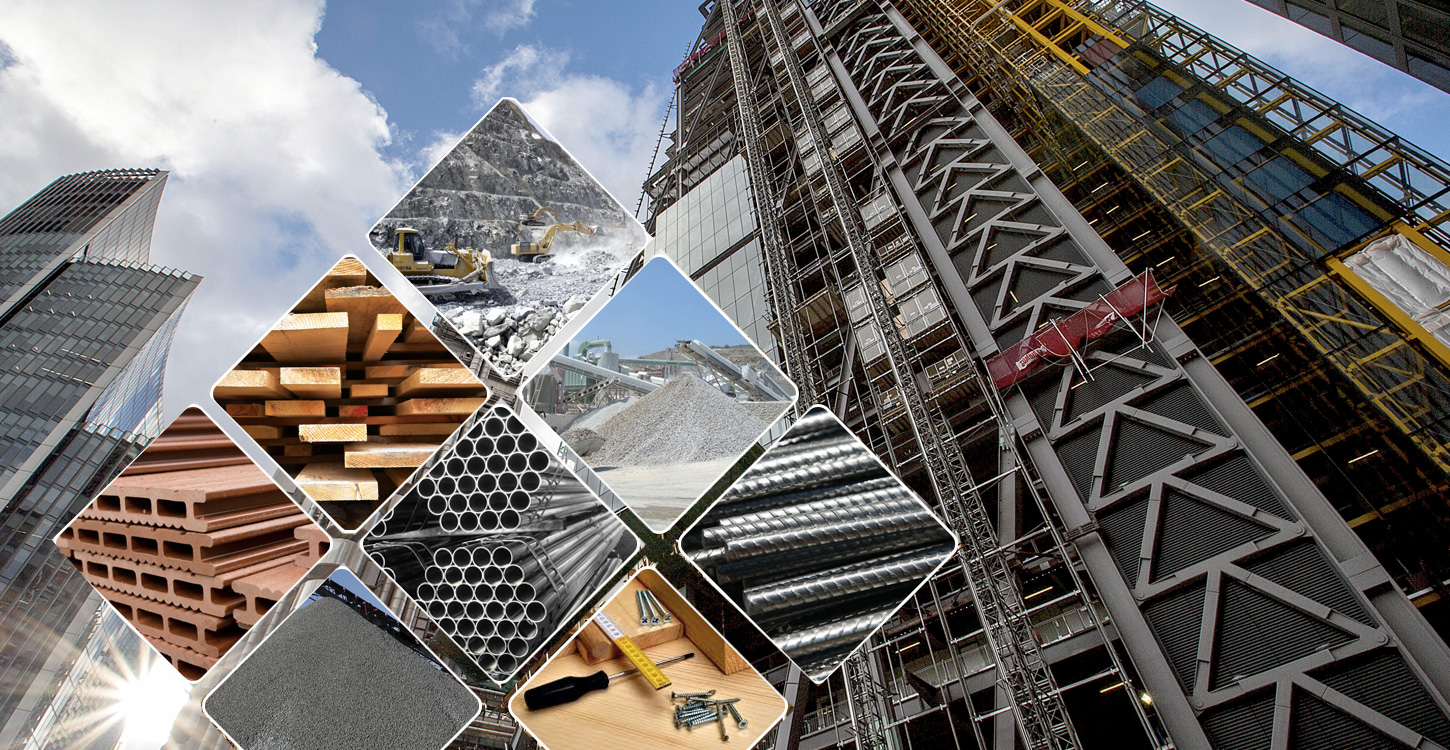Building Construction Materials

•: 4.22 ℹ CiteScore: 2017: 4.220 CiteScore measures the average citations received per document published in this title. CiteScore values are based on citation counts in a given year (e.g.
Feb 21, 2019 - Narrower definitions of materials such as 'physical substances that things can be made from' would seem to exclude manufactured products.
2015) to documents published in three previous calendar years (e.g. 2012 – 14), divided by the number of documents in these three previous years (e.g. • Impact Factor: 3.485 ℹ Impact Factor: 2017: 3.485 The Impact Factor measures the average number of citations received in a particular year by papers published in the journal during the two preceding years. Download contoh undangan pernikahan cdr salamander. 2018 Journal Citation Reports (Clarivate Analytics, 2019) • 5-Year Impact Factor: 4.039 ℹ Five-Year Impact Factor: 2017: 4.039 To calculate the five year Impact Factor, citations are counted in 2017 to the previous five years and divided by the source items published in the previous five years.
Chertezhi proektov kafe. The results are summarized below: FILTERED WATER RESULTS Time Before Filtering MCHM concentration in Adya Clarity Filtered Water% Reduction 12 hours. One liter of the solution was filtered through a 0.45 micron paper after 12 hours, a second liter of the solution was filtered through a 0.45 micron paper after 24 hours, the final liter of the solution was filtered through a 0.45 micron paper after 48 hours, the initial spiked solution and the filtered solutions were tested following the EPA method 525 for drinking water.
2018 Journal Citation Reports (Clarivate Analytics, 2019) • Source Normalized Impact per Paper (SNIP): 2.309 ℹ Source Normalized Impact per Paper (SNIP): 2017: 2.309 SNIP measures contextual citation impact by weighting citations based on the total number of citations in a subject field. • SCImago Journal Rank (SJR): 1.607 ℹ SCImago Journal Rank (SJR): 2017: 1.607 SJR is a prestige metric based on the idea that not all citations are the same. SJR uses a similar algorithm as the Google page rank; it provides a quantitative and a qualitative measure of the journal’s impact. An international journal dedicated to the investigation and innovative use of materials in construction and repair. Construction and Building Materials provides an international forum for the dissemination of innovative and original research and development in the field of construction and building materials and their application in new works and repair practice. The journal publishes a wide range of innovative research and application papers which describe laboratory and to a limited extent numerical investigations or report on full scale projects.
Multi-part papers are discouraged. Construction and Building Materials also publishes detailed case studies and some incisive review articles that contribute new understandings. We are focusing on construction materials papers and we exclude papers on structural engineering, geotechnics and unbound highway layers. The construction materials and technology covered include: cement, concrete reinforcement, bricks and mortars, additives, corrosion technology, ceramics, timber, steel, polymers, glass fibres, recycled materials, bamboo, rammed earth, non-conventional building materials, bituminous materials and railway material applications. The scope of Construction and Building Materials includes, but is not restricted to, materials, NDT and monitoring aspects of new works and repair and maintenance of the following: bridges, high-rise buildings, dams, civil engineering structures, silos, highway pavements, tunnels, water containment structures, sewers, roofing, housing, coastal defences and railways. At a time when the pressure is on all engineers, architects and contractors to optimise use of new materials and up-to-date technologies, Construction and Building Materials provides essential information that will help improve efficiency, productivity and competitiveness in world markets. It is therefore vital reading for all professionals and academics involved with research into, or specification of, building materials.

Author duties: Acceptance of a manuscript for publication in the journal carries with it an understanding that the author, when requested, will fulfil an obligation to contribute their expertise to the review of others' manuscripts. Authors are also requested to name five independent referees together with institutional email addresses. The named possible referees must not be from their own institution.